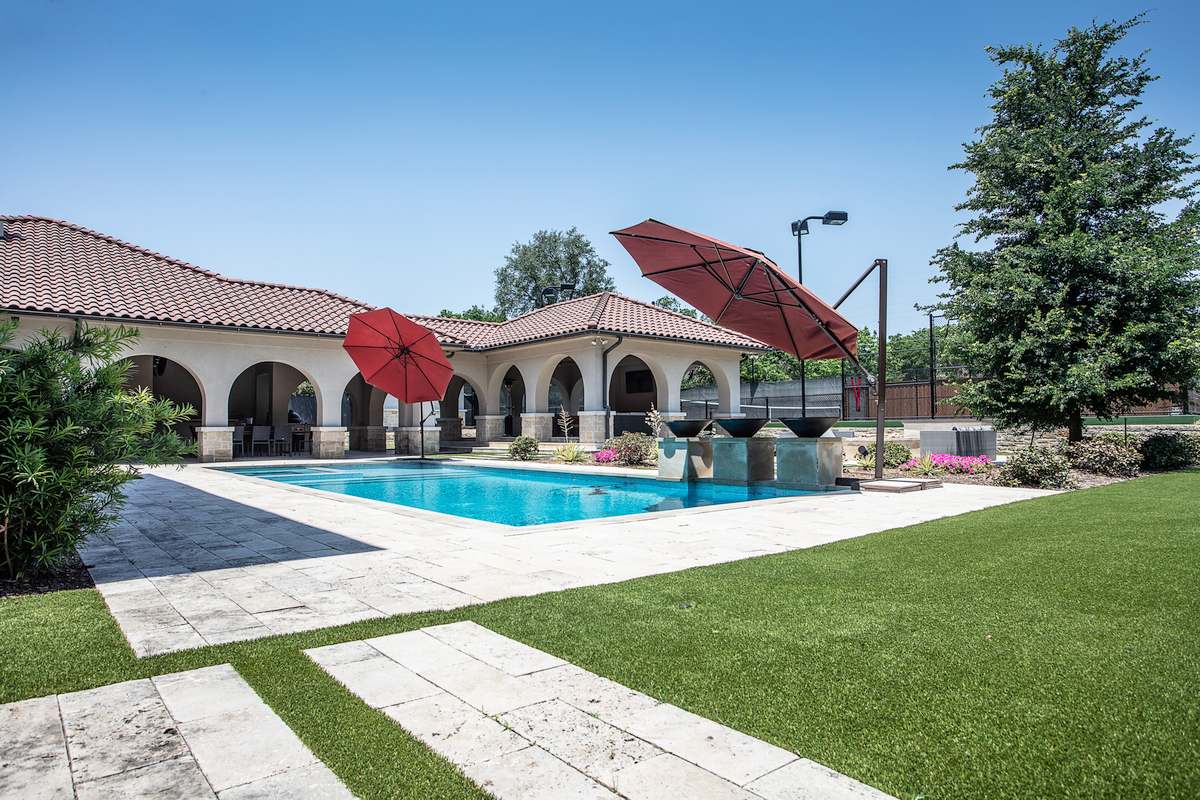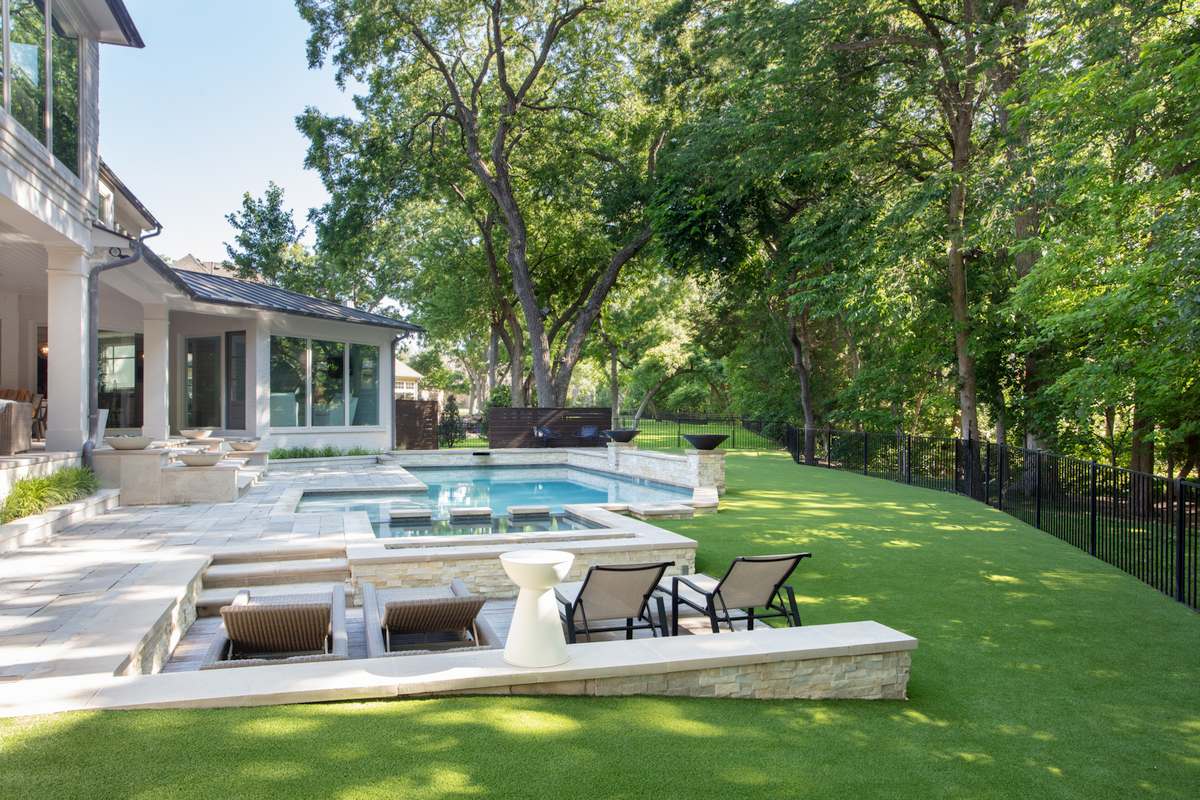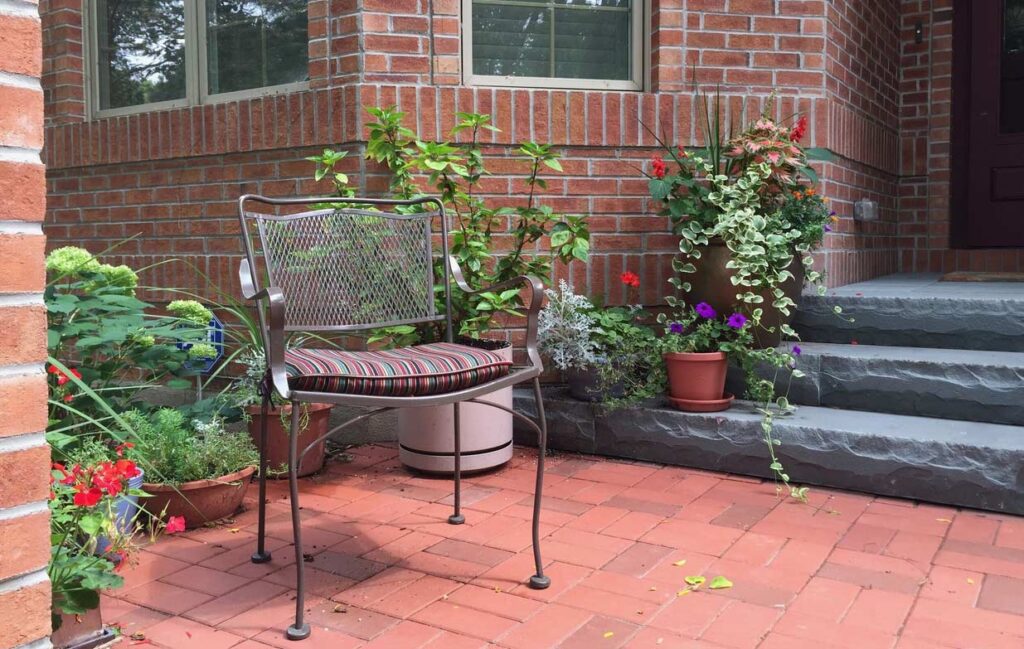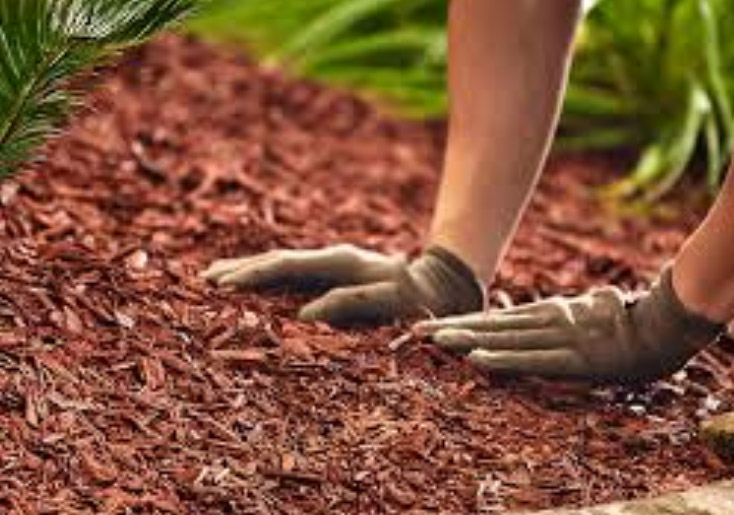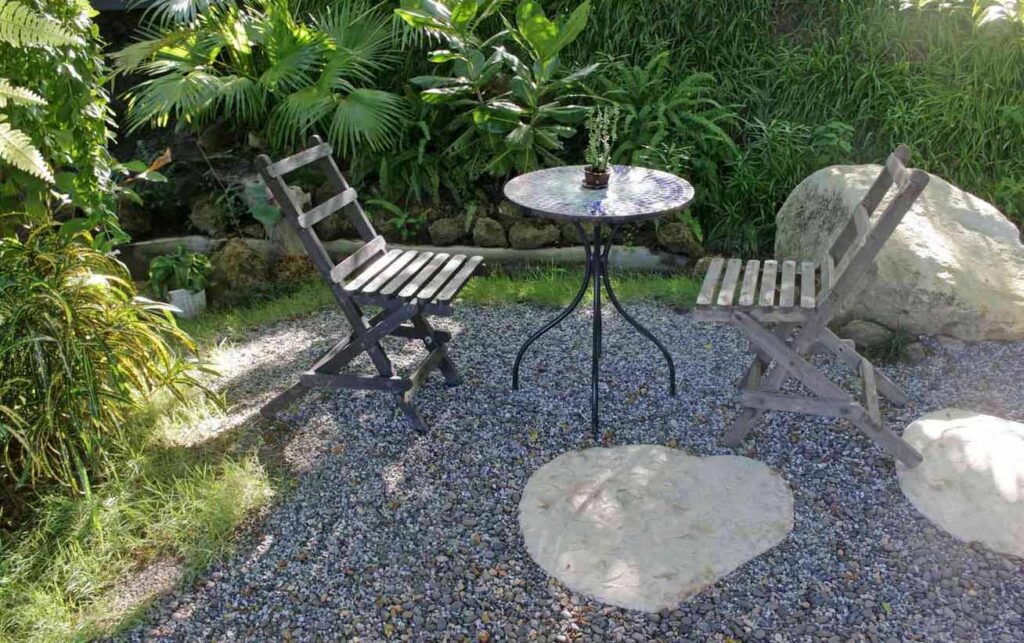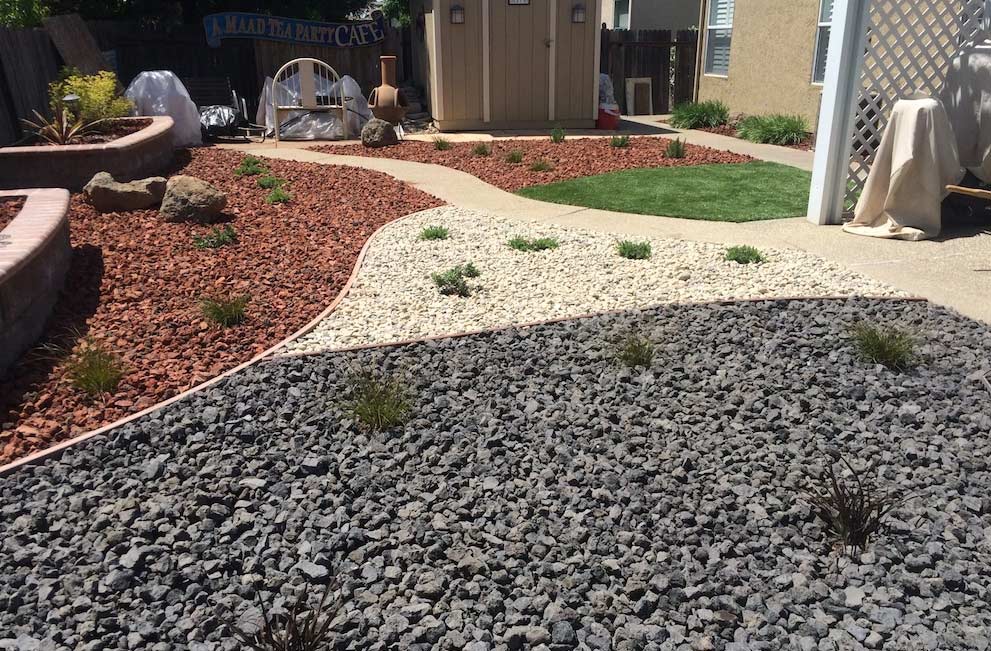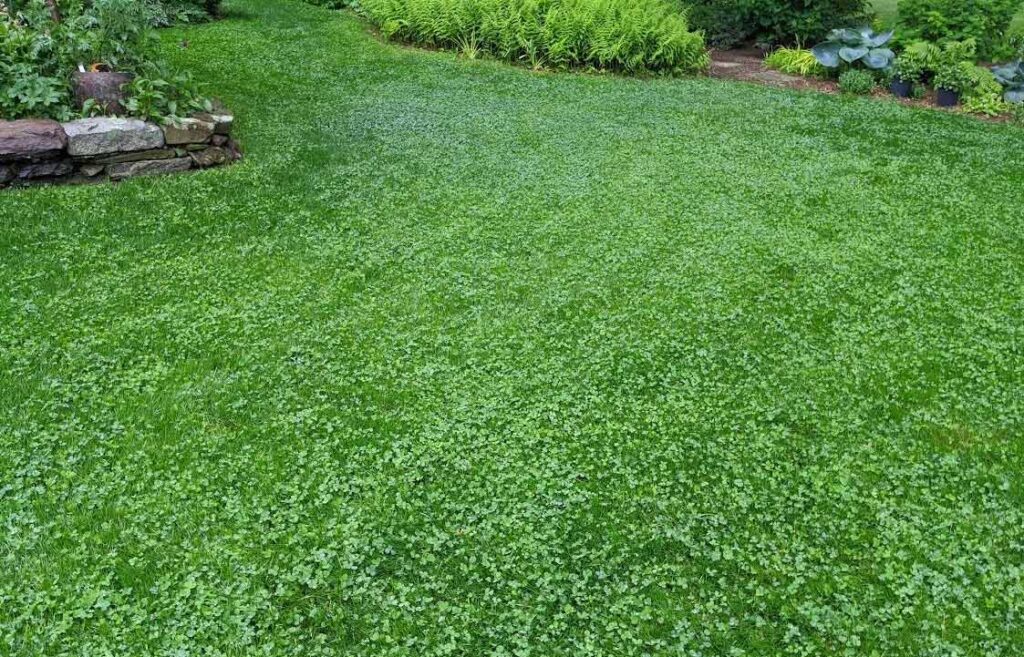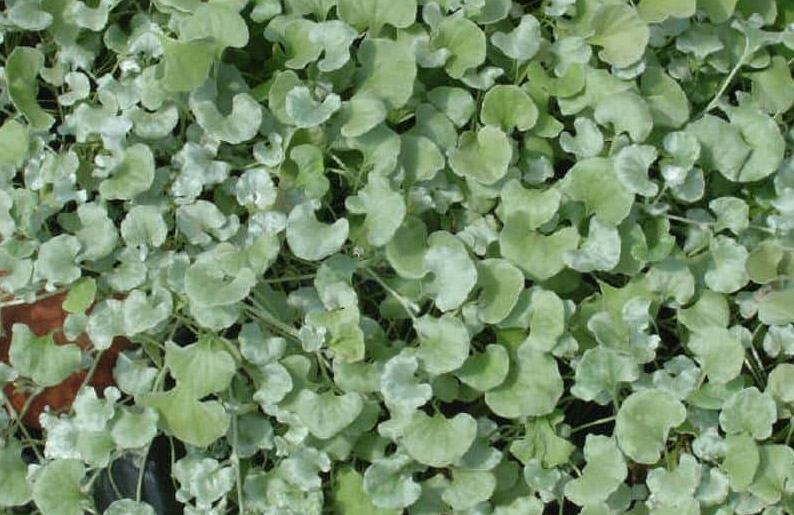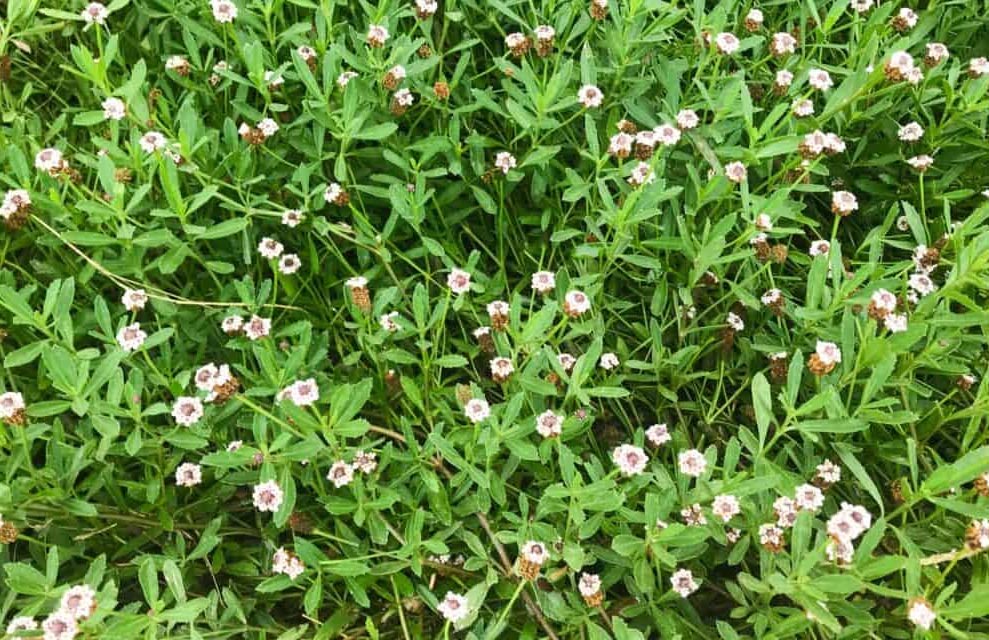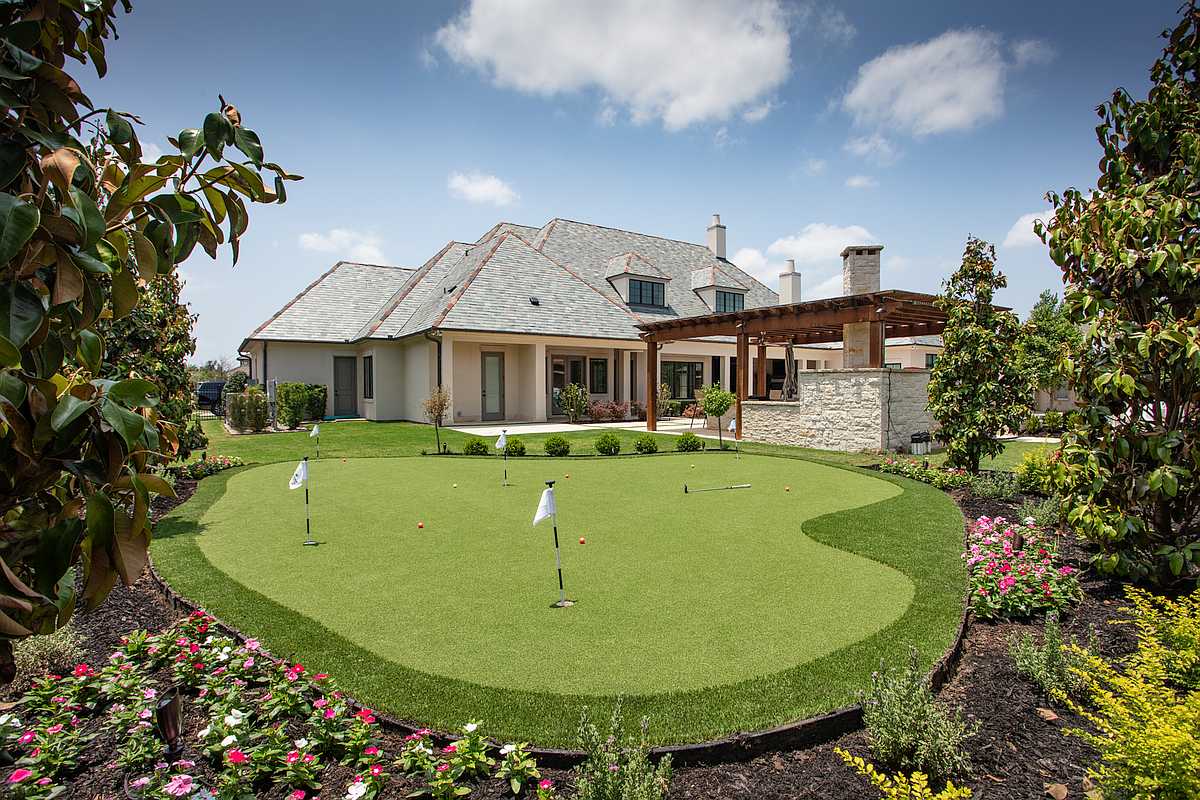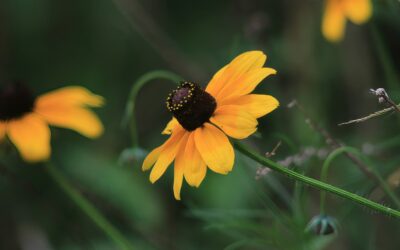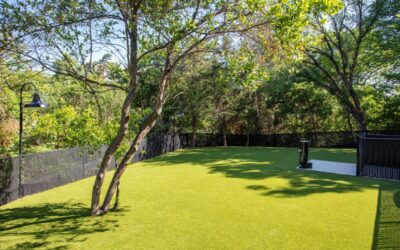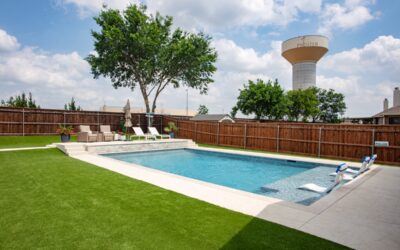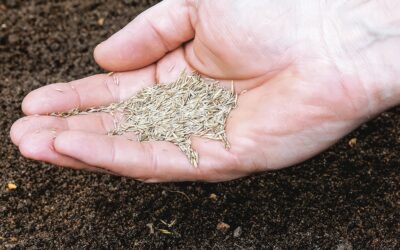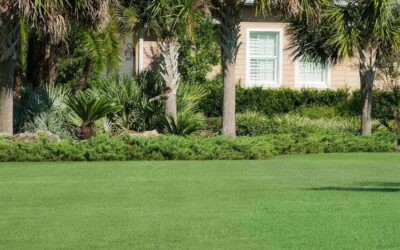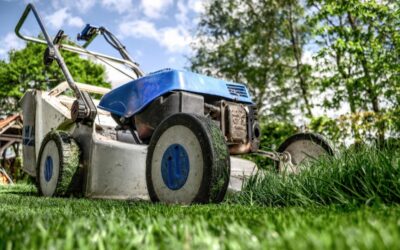Texans traditionally love their grass lawns but many homeowners are rethinking their backyards and asking if grass is really always greener.
Mowing and tending the lawn is often cited as an unwanted household chore taking up 70 hours per year to keep it looking healthy.
Besides being difficult to maintain, real grass lawns use considerable resources, especially water, to retain a pristine appearance.
Fortunately, grass alternatives in Texas are plentiful—ranging from artificial grass and other non-organic surfaces to silver ponyfoot and frogfruit and other grass alternatives that thrive in our climate. Many of these alternatives require far less effort and expense than natural grass and, in the long run, save time and money for homeowners.
Let’s look at why you should consider grass alternatives—and then go through your options…
WHY CONSIDER GRASS ALTERNATIVES IN TEXAS?
Grass may be the traditional answer for Texan backyards but increasingly we’re seeing alternatives take over. If you presently have a grass lawn in your Dallas backyard, you may want to consider the following:
- With increasing drought and water restrictions in Dallas and around Texas, it might be the right time to move away from real grass, which guzzles water.
- Real grass often also guzzles fossil fuels to run lawnmowers, weed-whackers, and other garden machinery.
- Fertilizers, herbicides, and weed killers may also add toxic chemicals to the yard and wider environment.
- Mowing and tending the lawn is not everybody’s idea of fun and takes up time at weekends that could be spent doing things you love.
- Real grass lawns cost money: the annual maintenance costs of real grass are estimated at $1,600-$1,700 for a large, 10,000-square-foot lawn.
- If you keep dogs as pets, the constant battle against digging, potholes, bald patches, and yellow stains on the lawn can become things of the past.
- Real grass grows poorly in the shade and requires healthy doses of sunlight to grow well; other, inorganic materials have a clear advantage in shaded areas, like side yards.
Summers that consistently see record-breaking temperatures and widespread drought across the country only make natural grass lawns less attractive and the call for grass alternatives stronger.
TOP 10 GRASS ALTERNATIVES IN DALLAS
So, you’re considering alternatives to grass for your Dallas home? What do you go with?
Here are your best options…
1. Artificial grass
Artificial turf is an increasingly popular sight in backyards in Texas because it is ultra-low maintenance, stays green all year round, and, once installed, requires no water, sunlight, chemicals or expensive lawn care.
The best artificial turf lawns maintain the verdant, lush appearance of real grass but without the ongoing expense or effort.
The best artificial grass is durable, lasts up to 20 years, and is cost-effective, paying back the initial investment within about five years. It’s also highly versatile and can be used for many different spaces besides backyard lawns, including play areas for kids, dog runs, turf strips around swimming pools, and backyard putting greens.
The main downside to artificial grass is that it gets hotter than natural grass but the best artificial grass products use cooling technology to help combat this.
2. Stone pavers
If you’re looking for another low-maintenance grass alternative in Texas, how about natural stone pavers?
Whether you want a large patio that takes up the whole yard or intend to landscape stone pavers in combination with artificial grass or another grass alternative, they look stylish, last forever, and need virtually no work to maintain.
If you’re choosing between hard surfaces for your yard, stone pavers provide more design options than poured concrete, though they require a slightly higher budget.
Once they’re installed, there’s none of the time, effort or expenses associated with real grass lawns. The most that may be required is replacing a cracked or discolored paver.
The main downside of pavers is that the hard surface is unforgiving if you have small children who may trip and fall. They can also be slippery when wet and get hot when sunny.
3. Red brick pavers
Red-brick pavers may be better suited to smaller yards than larger ones but are another stylish, homely, low-maintenance alternative to grass for Texas homeowners.
More stylish than poured concrete, red-brick pavers also tend to handle drainage better than concreted areas, especially if installed on a very slight slope as is recommended. These pavers require very little upkeep and are relatively cheap and easy to repair if bricks become chipped or cracked.
The main downside of red-brick, like stone pavers, is that the surface can be hard on trips and falls for children or elderly individuals—though brick may be less slippery than stone when wet.
4. Mulch
Mulch is a diverse backyard material usually made from tree bark, wood chips, and pine straw. It can be widely used in gardens in Texas and one of its uses is as an alternative to grass. It can be spread thickly and liberally in yards around shrubs and native plants or combined with other materials, like artificial grass, gravel or pavers.
Because mulch is made from natural, organic, and biodegradable materials, it’s a popular choice for those looking for a natural aesthetic, especially in hot, dry climates like Dallas where homeowners want a low-maintenance grass alternative.
The main downside of mulch is that it can harbor pests (because it can trap moisture and bacteria) and is quite easily displaced, making the area look untidy unless it is frequently swept.
5. Pea gravel
Pea gravel consists of small, rounded, pea-sized stones widely available in a variety of neutral colors (cream, tan, gray, etc.).
This type of gravel can deliver beauty, practicality, and style to front and back yards when used in combination with flower beds, shrubs, trees or other surfacing materials.
Once it’s installed, pea gravel needs next-to-no maintenance, allows good drainage if the ground underneath is prepared properly, and is comfortable to walk on because of its rounded edges.
The main downsides of pea gravel are that it’s hotter than grass when in direct sunlight and may be easily dislodged, requiring frequent top-ups.
6. Crushed rock
Crushed rock shares many similar properties with pea gravel in that it’s an ultra-low-maintenance grass alternative that provides good drainage and works well alongside other landscaping materials.
Crushed rock generally consists of pieces of limestone or other rock types crushed in an industrial processor—unlike gravel, which is usually found naturally with rounded edges in river beds or gravel pits.
The main downside of crushed rock is that pieces may have jagged edges that can cause injury if somebody falls. If used with artificial grass, dislodged, jagged pieces can also cause problems on the grass surface.
7. Lookalike wood pavers
Composite materials that look like wooden materials have become more widespread as their appearance has improved in recent years. They are often used in decking and other construction materials in Texas.
“Lookalike” wood pavers are an optional grass alternative for Dallas homeowners, providing an affordable, eye-catching, and homely backyard surface that is both durable and low-maintenance.
The faux wooden pavers can be used on their own or in conjunction with artificial grass, pea gravel, mulch or any of the organic materials that follow…
The main downside of lookalike wood pavers is their expense compared to other hard landscaping materials—and some homeowners are not convinced by the promised “natural” aesthetic.
8. Clover
A recent trend around the country to switch from grass lawns to clover lawns has spurred some Texan homeowners to make the change.
Clover used to be a common part of lawns but it was generally viewed as unsightly to the pristine appearance of a manicured lawn and, with the use of chemicals to control its spread, clover was largely eradicated.
Now, with many homeowners questioning the wisdom of their resource- and labor-intensive grass lawns, clover lawns are attractive because they retain a natural verdant look but with less mowing, water, and no fertilizer required (clover releases nitrogen).
Once introduced to the backyard area, clover grows easily with broad and low-lying leaves and can tolerate heavy foot traffic and shade. The most common types of clover used as grass alternatives in Dallas are white clover and Dutch clover.
The main downsides of clover are that it can look a little beaten down once it gets walked on and it fares better in the cooler seasons than in record-temperature-setting summer heat.
9. Silver ponyfoot
Some homeowners are experimenting with moss as an artificial grass alternative in Dallas. Moss can achieve the soft, plush greenness of a well-kept lawn but requires considerable watering to flourish and may not fare well in the extreme heat of summer.
A great alternative in the Dallas area is silver ponyfoot if you don’t mind a silvery tinge to the greenery in your yard. This native Texan plant has rotund leaves and can grow up to only three inches tall, so mowing isn’t necessary.
The main downside of silver ponyfoot is that it can’t handle heavy foot traffic, so it may be better as a front yard lawn option or hanging from a basket than on the backyard lawn. It’s also silvery green in color rather than verdant emerald green.
10. Other native grass alternatives like Texas frogfruit
Several other native grass alternatives in Texas can replace a grass lawn. Most stand up to the lack of rainfall and scorching summer sun better than more common alternatives like clover or phlox.
Some of the best options include Texas frogfruit, yellow oxalis, and horseherb. These all perform well in sun and shade, require little water, and flourish in our climate without requiring much maintenance.
If you mix these three plants, your yard will be covered in low-lying native greenery and splashes of color all year round as they flourish at different times of the year.
The main downside of Texas frogfruit is that you may need to manage weeds to keep the competition at bay.
WHY ARE YOU LOOKING FOR A GRASS ALTERNATIVE?
Most Texas homeowners looking for real grass alternatives want to replace their backyard lawns. That’s what we’ve focused on above.
If you need to replace grassed areas where kids play, backyard sports are played or picnics and other activities take place, artificial grass is the clear choice as a grass alternative.
Even simply for a picturesque lawn, the replacement surface is likely to be walked on and needs to be durable as well as simply looking the part. The lawn’s intended usage is an important consideration when weighing up grass alternatives in Texas.
FAQs
SWAP YOUR DALLAS GRASS WITH A LOW-MAINTENANCE ALTERNATIVE…
If you want an artificial grass alternative that is still organic and attracts pollinators to your yard, one of the native grass-like plants mentioned above should fit the bill.
Otherwise, you also have several good hardscaping ideas to choose from as grass alternatives in Dallas.
If you opt for artificial grass, you get the verdant look and lush feel but without the maintenance and ongoing costs—and we can help you install it, as we’ve done for countless Dallas-Fort Worth homeowners in the past decade and more.Speak to our experienced team of turf professionals to discuss your options.

